From traditional African drum and dance to the urban street grooves of Angola, Ghana, Nigeria, Congo and Jamaica, Paris’ dance scene is popping with African-inspired polyrhythms.
Many years ago, I was a student and then an intern in Paris. After 24 years away, I was finally returning for a several-week stint and this time I wanted to dance.
 Top and above images: Centre Momboye – Julien Baguette
Top and above images: Centre Momboye – Julien Baguette
Dance became an important part of my life in my early 20s, when I travelled to Haiti. I was a bookish, awkward young woman out of tune with her body. I discovered a country where dance was part of everyday life, for the young and old alike. People danced in worship and at political rallies; they danced at birthday parties; even restaurants had an area set apart for “kompa” – the popular national dance. I joined in and haven’t stopped since. I think of it as “exorcizing” that helps me transform alienation and blues into joy and connection.
Upon my return to Paris, I zeroed in on three studios offering an array of lively classes fit for amateur and seasoned dancers alike.
 Studio MRG
Studio MRG
My first stop was the Centre Momboye in Belleville. Congolese dance is a favorite because the movements are accessible, easy on the body, and form the fundamental vocabulary of many popular African dances. The rhythms can be fast and fiery or mellow and smooth, but they are always full of soul. There isn’t a lot of jumping or bending, for which my knees and back thank me. Rather, the winding and shaking movements originate in the hips and pelvis. At the Centre Momboye, Congolese dancer, Kalo Tshiekela, teaches both traditional Congolese with a live battery of drummers as well as Ndombolo, popular street and nightclub dances. Both are high energy and joyful.
 Phillippe Leroyer
Phillippe Leroyer
A few days later, I dropped into a totally different scene at Studio MRG in in Ivry-sur-Seine, a happening hub for contemporary Afro urban dance just outside Paris. Afro urban brings together popular African street and club dance with Afro-house music. Classes at MRG were packed with upwards of 50 people and moves were drawn from Koduro (Angola), Azonto (Ghana), Dancehall (Jamaica), Ndombolo (Congo), Coupe Decalé (Ivory Coast), and hip-hop. The mostly young women dancers came prepared, sported tennis shoes, midriffs, and sweatpants.
 Karim Kou Ki / Centre de Dance du Marais
Karim Kou Ki / Centre de Dance du Marais
I took two classes back to back and hung in like a cat by its claws while the youngsters snapped their knees, kicked their legs, jumped, and hollered with visible grins on their faces. Their attitudes were fierce and playful. The high-energy teachers were incredible dancers careful to break down the choreography so everyone could follow, and supported the students with smiles and shouts of encouragement. Anyone wanting to learn the latest in urban Afro moves and impress your friends on the dance floor, this is the spot for you.
 Studio MRG / The Match Artist
Studio MRG / The Match Artist
On a beautiful, sunny evening, I visited the Centre de danse du Marais, a renowned dance school for classical and world dance housed in a beautiful 18th century Hôtel Particulier in the heart of the Marais. Upon entering the cobblestone courtyard, I was faced with a romantic stone building and classical ballet music floating from one open window above me, hip-hop from another. Through the studio door to my right, flamenco dancers stomped and clapped. I wished I had time to check out all the center had to offer, but I was on a mission to find Maimouna Coulaliby, a dancer, teacher, and choreographer from Mali. A few years back, I took her workshop in California and never forgot her grooves or her smile. I was directed to a light-filled studio on the second floor with wood plank floors and high wood beamed ceilings.
 Centre de Danse du Marais / Centre Momboye
Centre de Danse du Marais / Centre Momboye
Maimouna dubs her approach “booty therapy” because many of her moves are centered in the booty and hips, where, she says, our emotions are stored. “Booty therapy” includes movements derived from Dancehall or “Bootyshaking” which are sometimes associated with the objectification of women, but Maimouna sees her approach to dance as an avenue for healing and empowerment.
 Centre de Danse du Marais
Centre de Danse du Marais
The room was full of beautiful, young, and sparsely dressed dancers. Maimouna started with some warm-up exercises. The waist winding and hip shaking were doable, but when it came to squatting and thrusting movements, I could feel all my stuff shaking and jiggling. I panted as sweat dripped down my face and a girl in front of me turned around with a quizzical look on her face. We did the exercises again. My thigh muscles burned and my lower back gripped. I closed my eyes, listened to the beat, and tried to let go of the shame and self-criticism. I heard Maimouna shout, “Let go! Liberate your buttocks!” I laughed, breathed a little easier, and let myself bounce a little freer.
 Centre Momboye
Centre Momboye
I’d love to say that the music, the moves, and Maimouna’s electric energy snapped me out of self-consciousness and I was bouncing it like nobody’s business, but it may take a few more workshops or another incarnation before I’ve completely freed my behind. I can say that when I opened my eyes and looked around, I saw a room full of many different kinds of women shaking their bums with controlled abandon: petites Parisiennes with slender backsides, brown and buxom women; short, tall, thin, and thick. Belonging here had nothing to do with size, color, proportions, or experience level; it had everything to do with a shared passion for a fierce femininity untethered from conventional constraints on women’s bodies.
I only got a taste of the rich and diverse dance scene during my three weeks in Paris, but I was newly energized. I’m currently living the Alvin Ailey motto: “Dance is for everybody.” – Even for me, even for you.
 Studio MRG
Studio MRG
Centre Momboye – 25 Rue Boyer, 75020 Paris
Studio MRG – 10 rue Jules Vanzuppe, 94200 Ivry Sur Seine
Centre de danse du Marais – 41 rue du Temple, 75004 Paris
Related Links
- Learn more about the African people, presence and influence in Paris over at Okay Africa.
- For more dance studios in Paris, head to Secrets of Paris.
- Check out our neighborhood round up of Paris’ culturally diverse La Goutte D’Or.
Written by Nina Schnall for HiP Paris. Looking for a fabulous vacation rental in Paris, London, Provence, Tuscany, Umbria or Liguria? Check out Haven In.

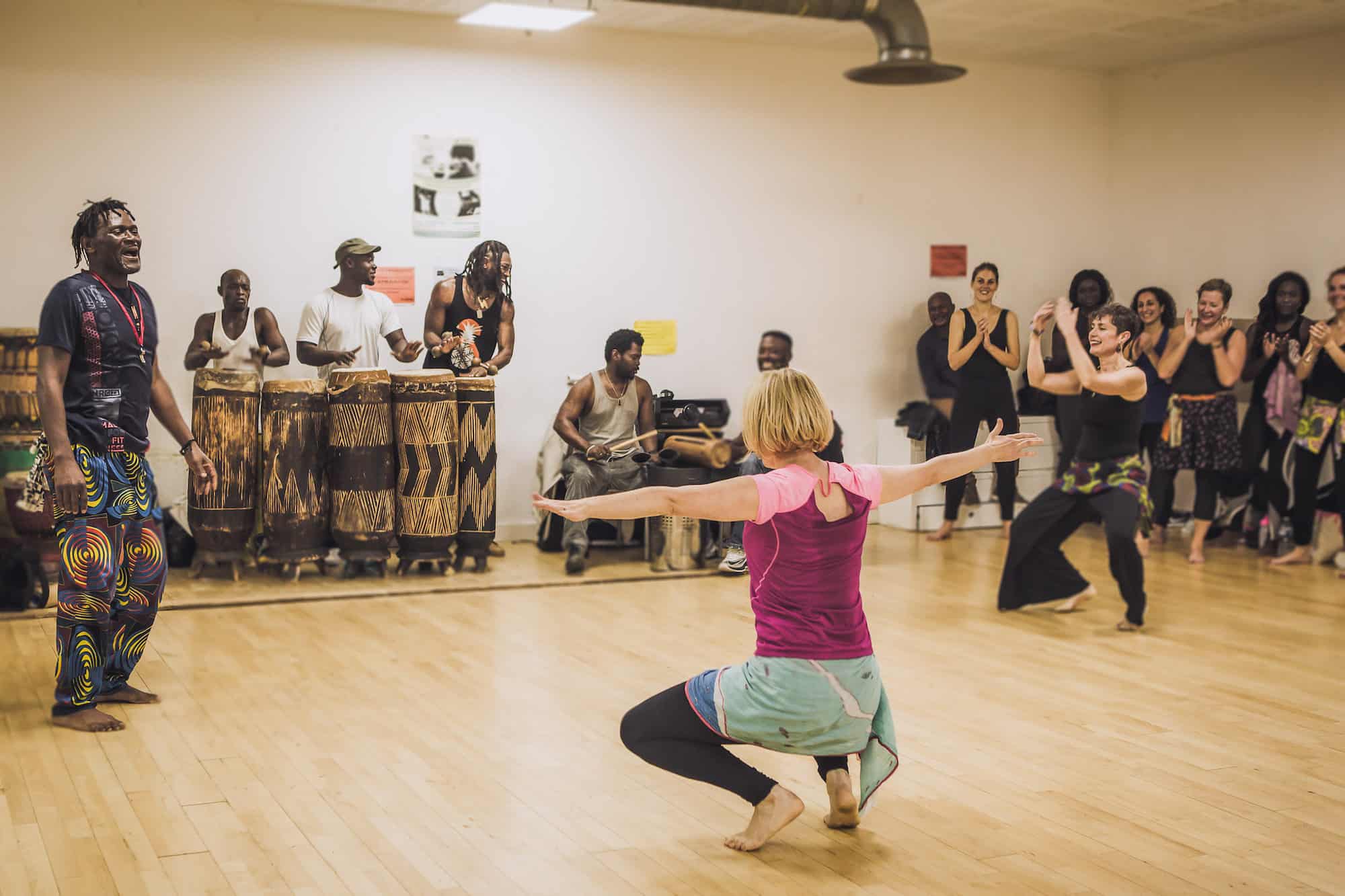
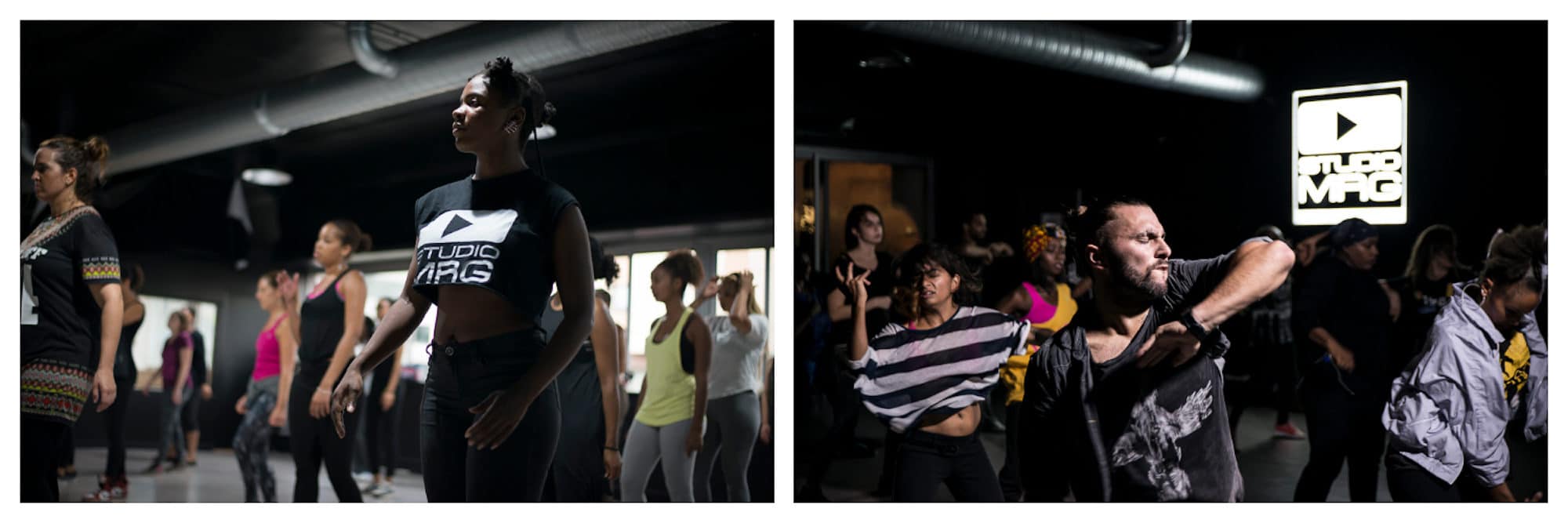
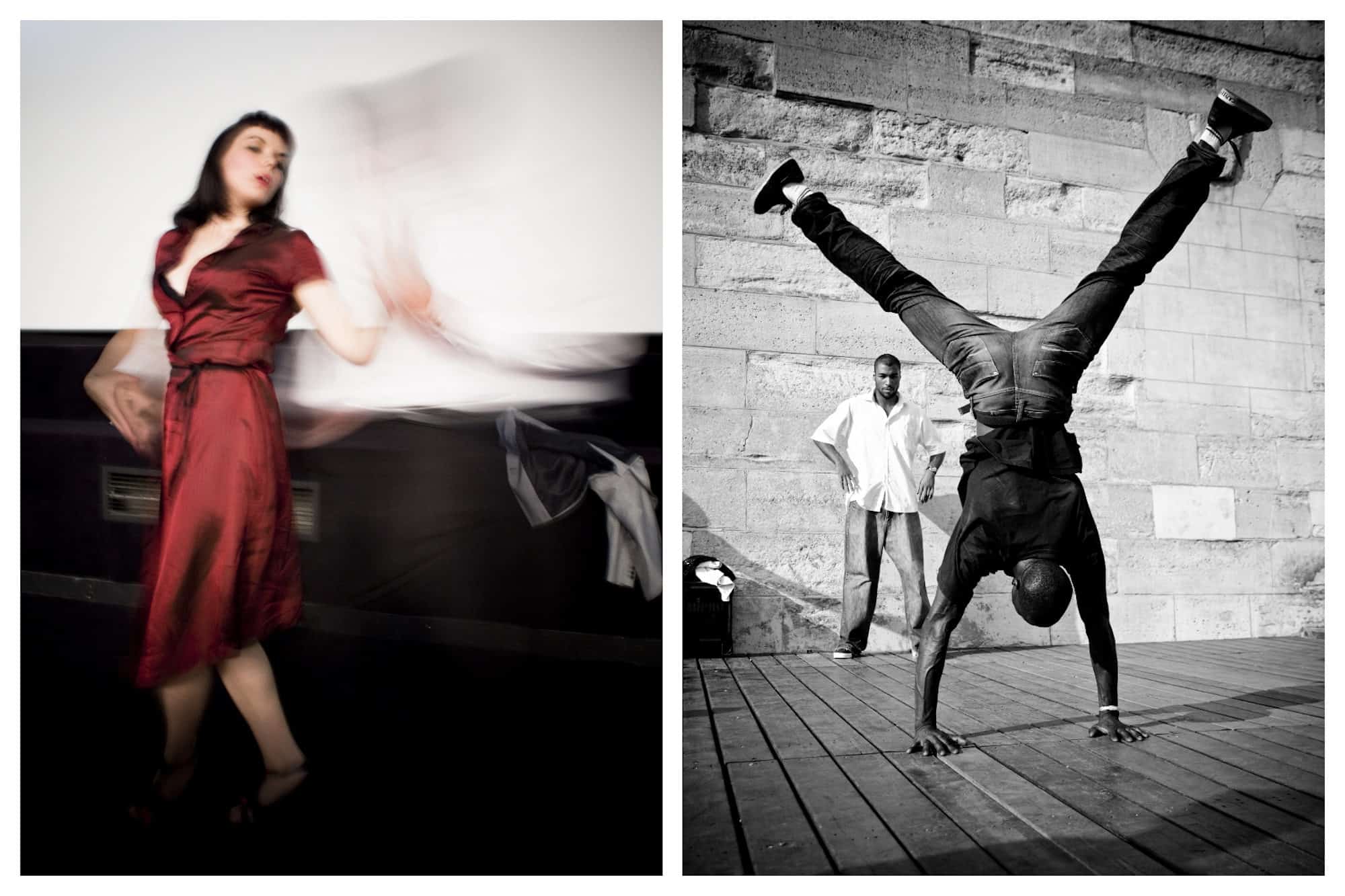
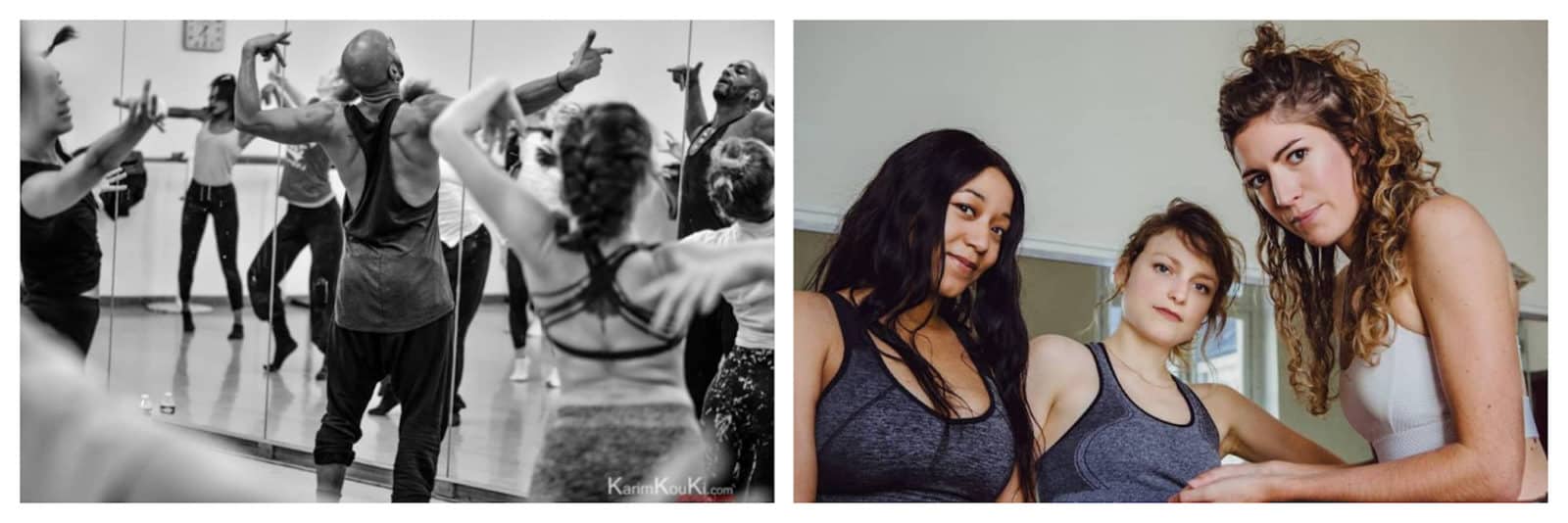

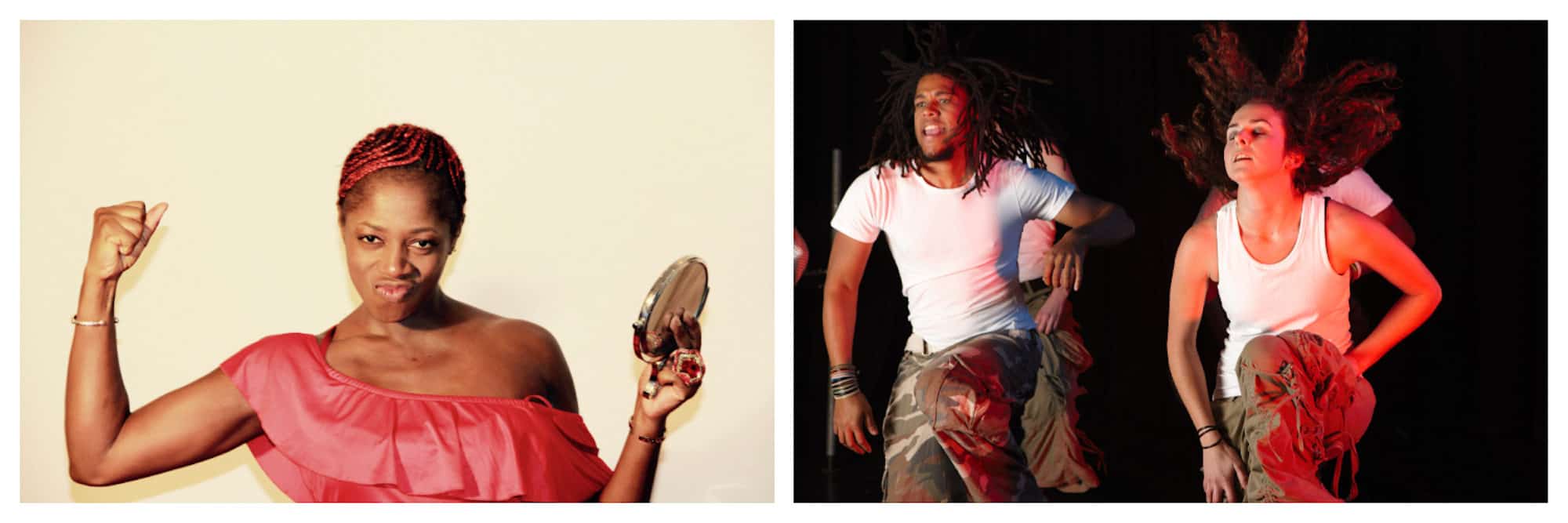

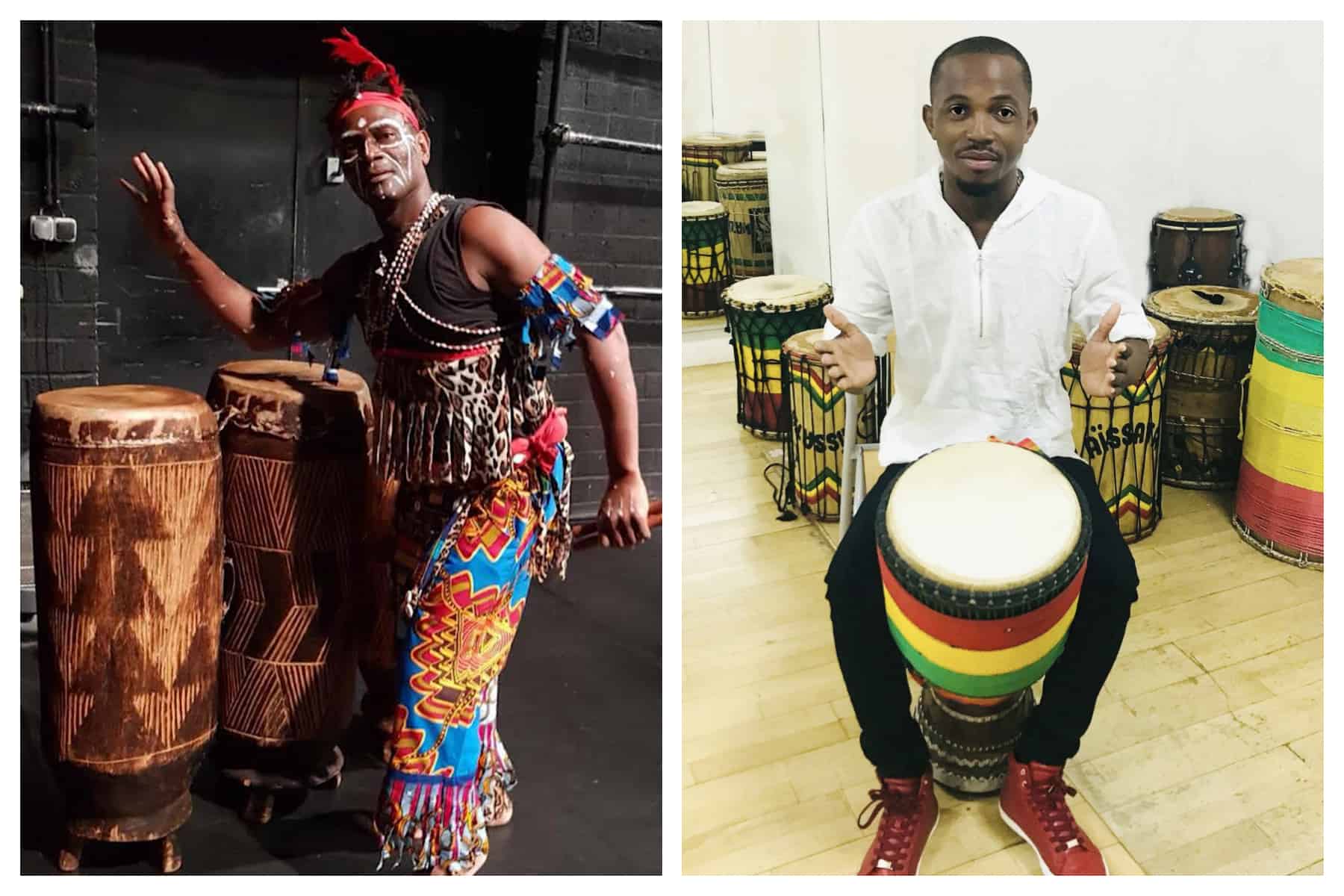
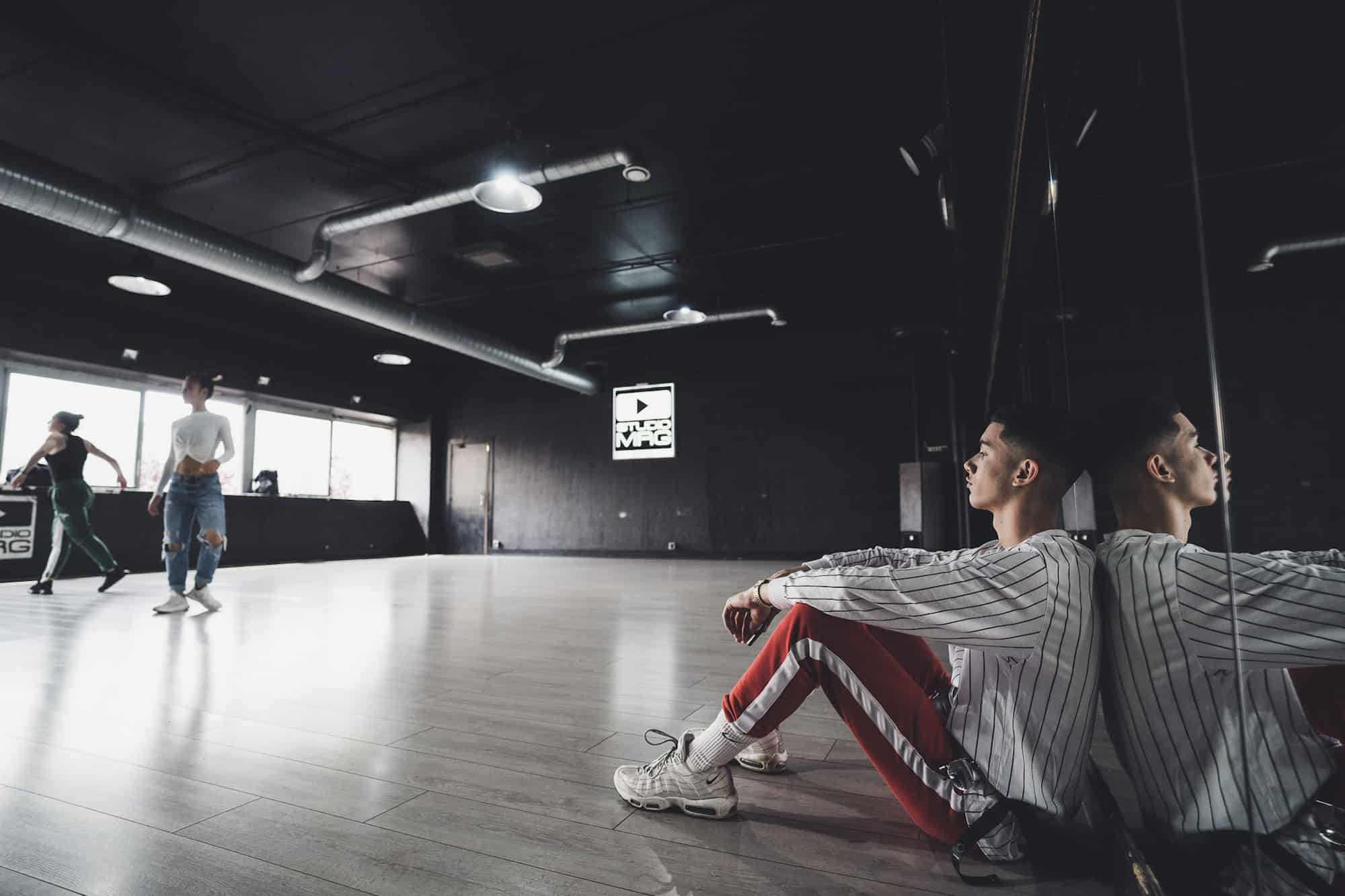



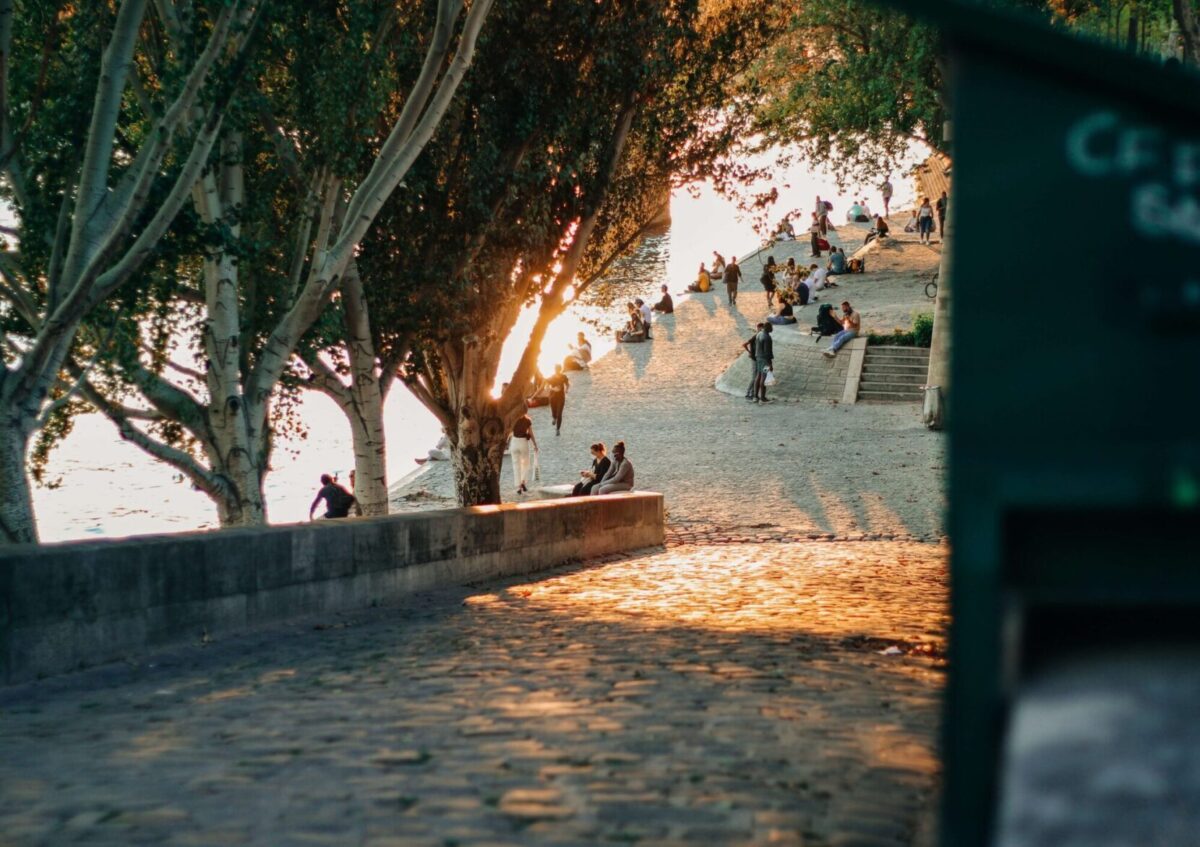
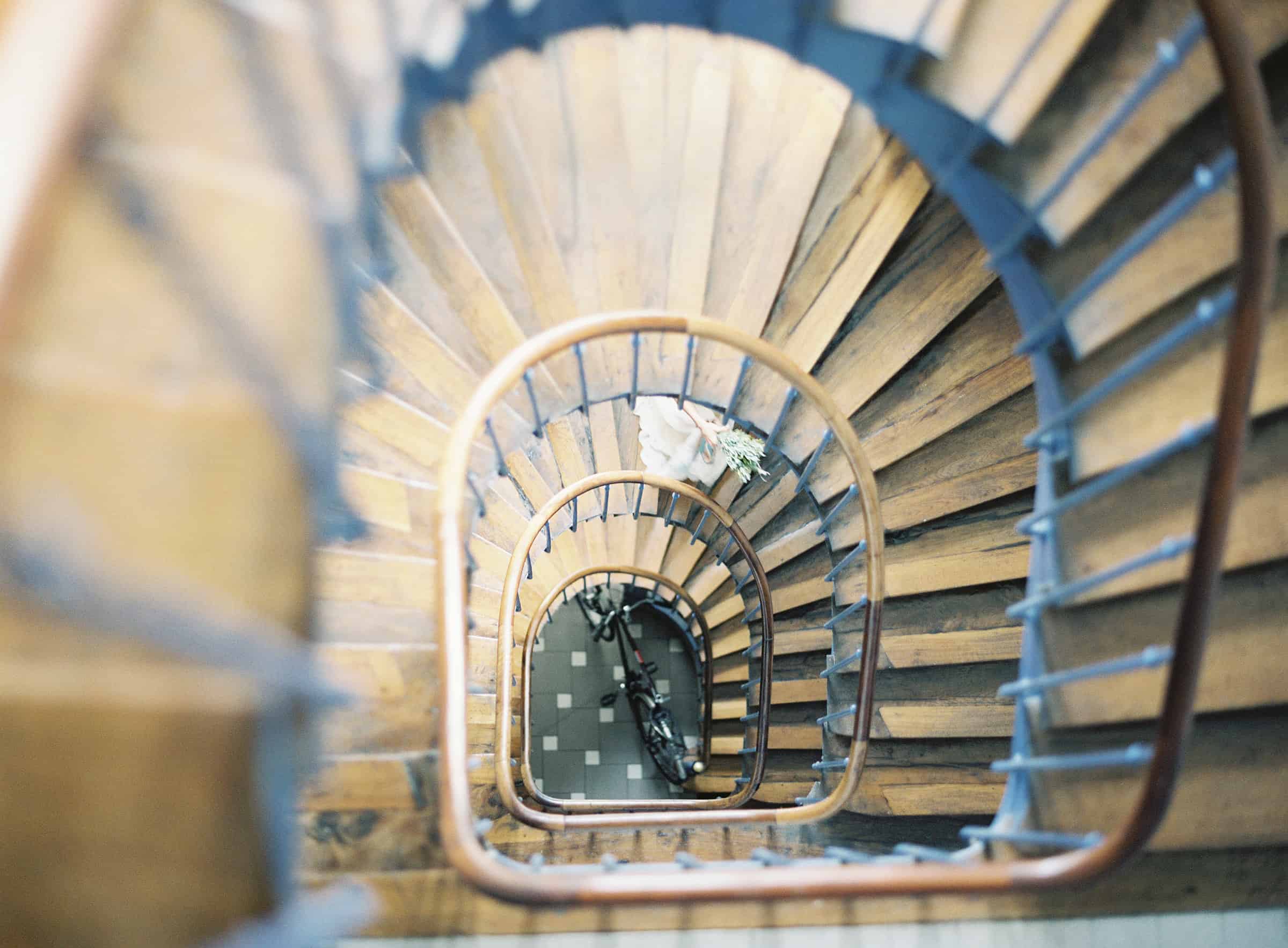

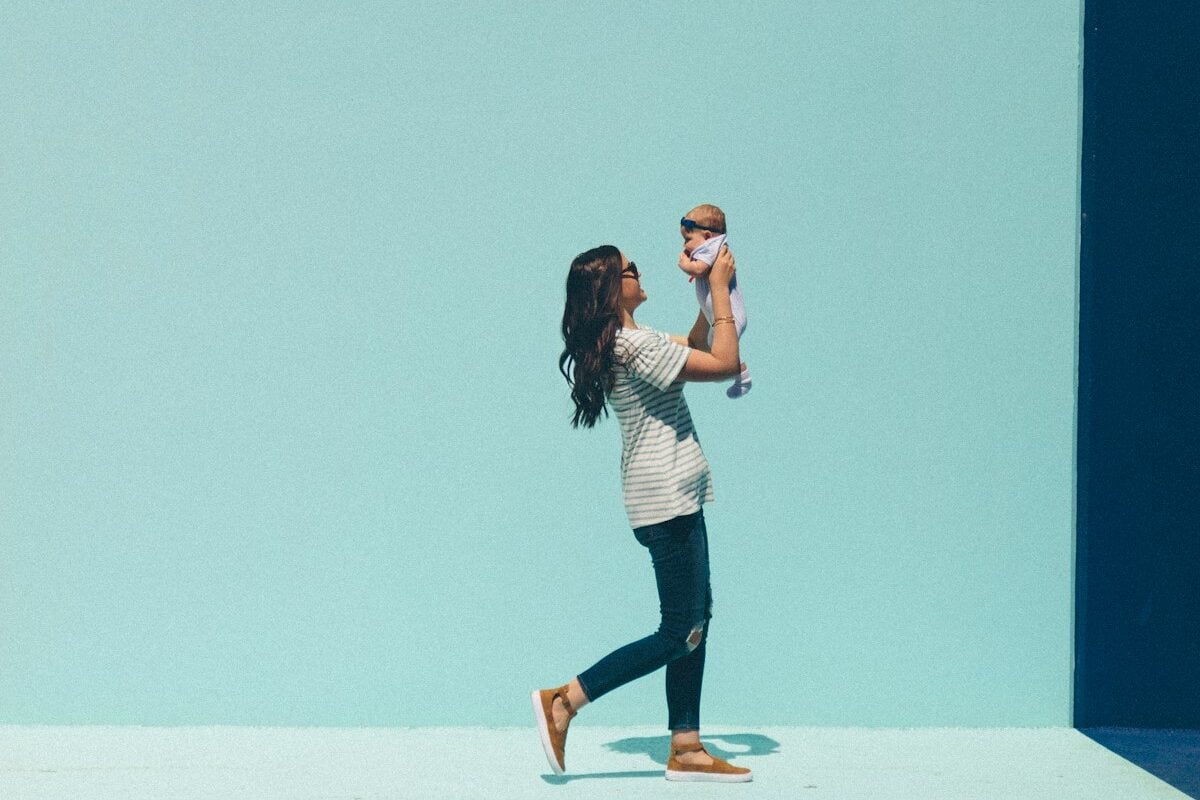







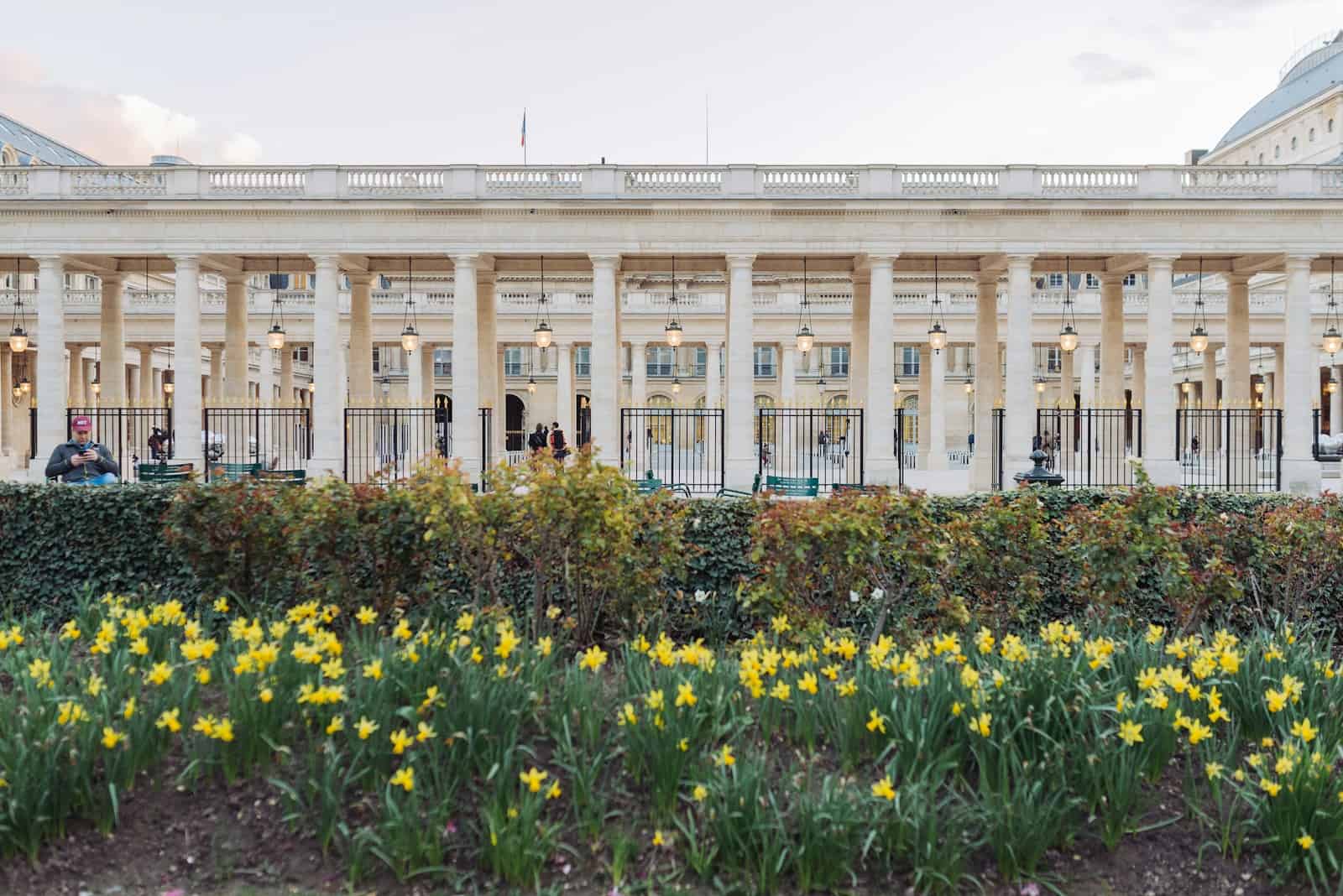
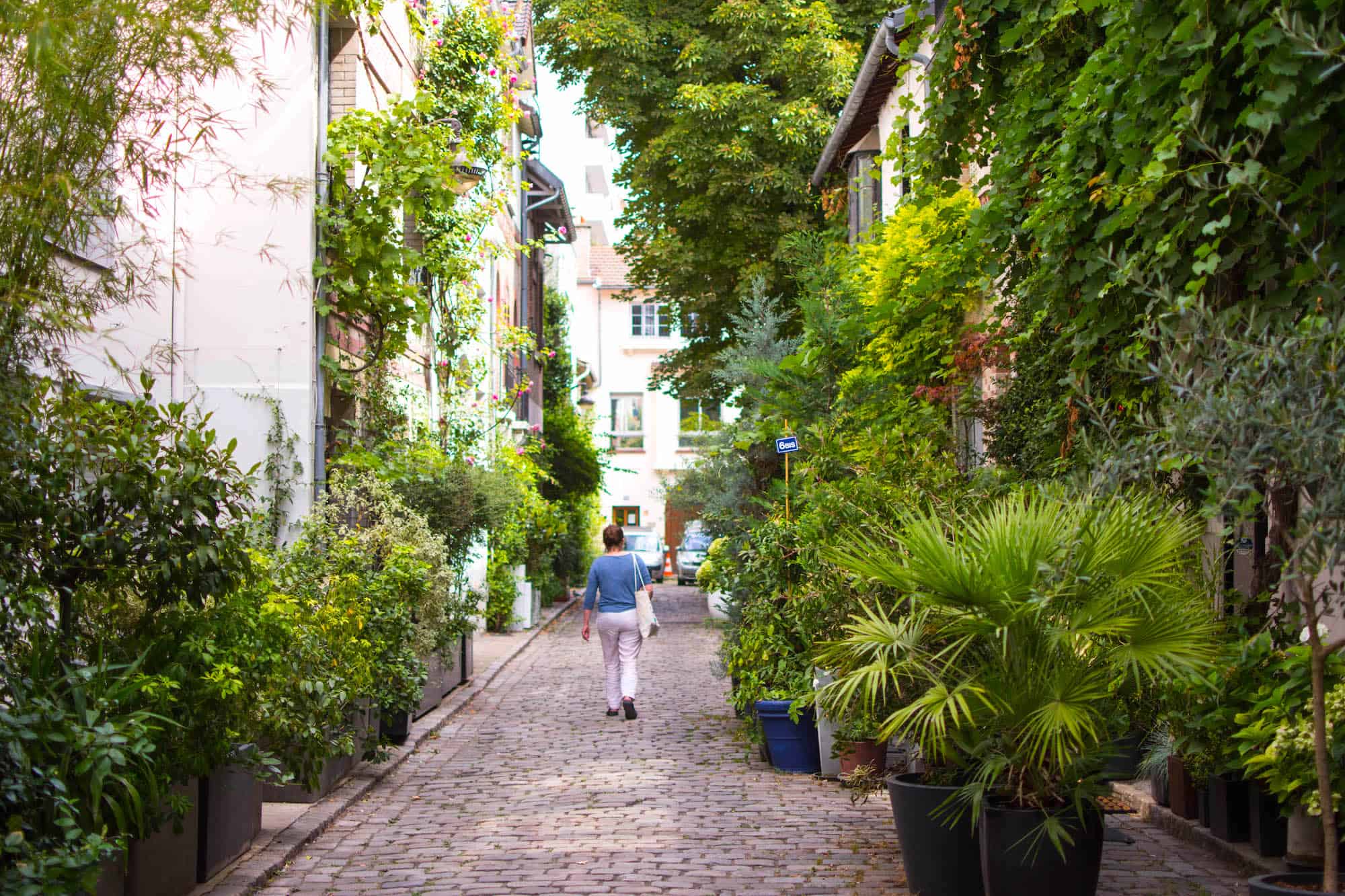




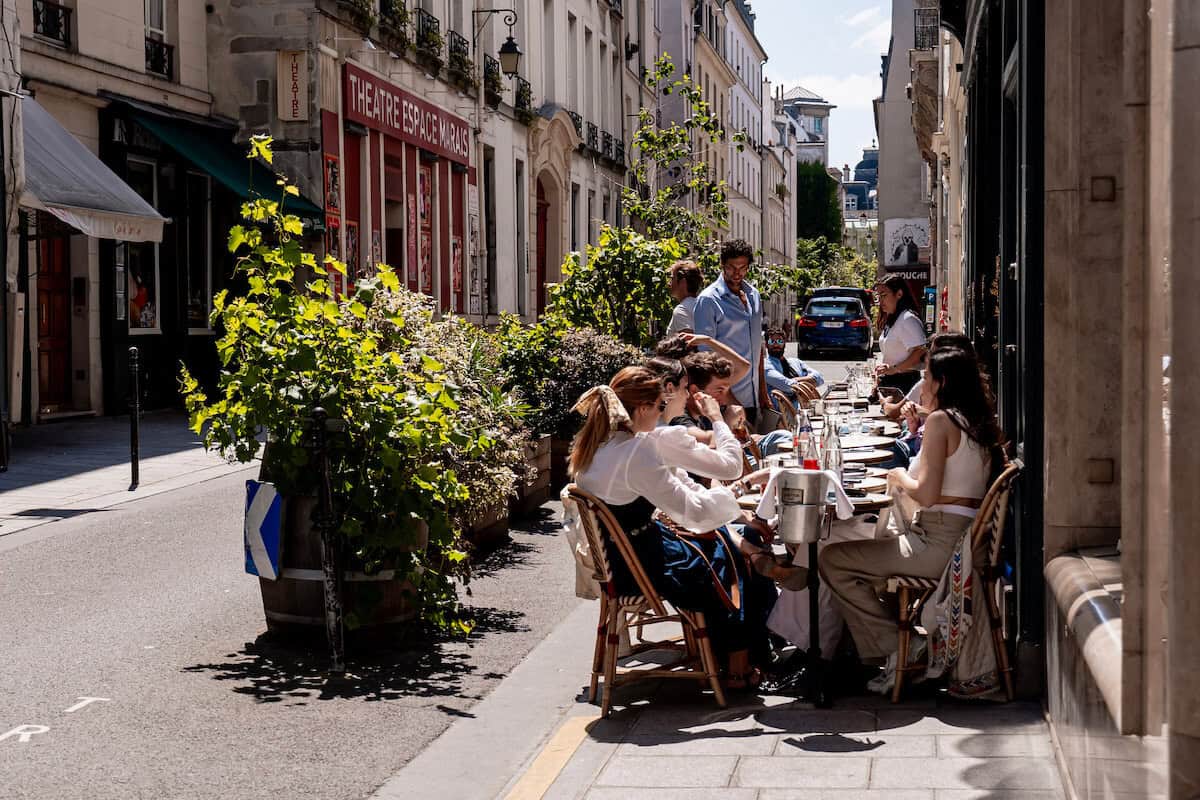
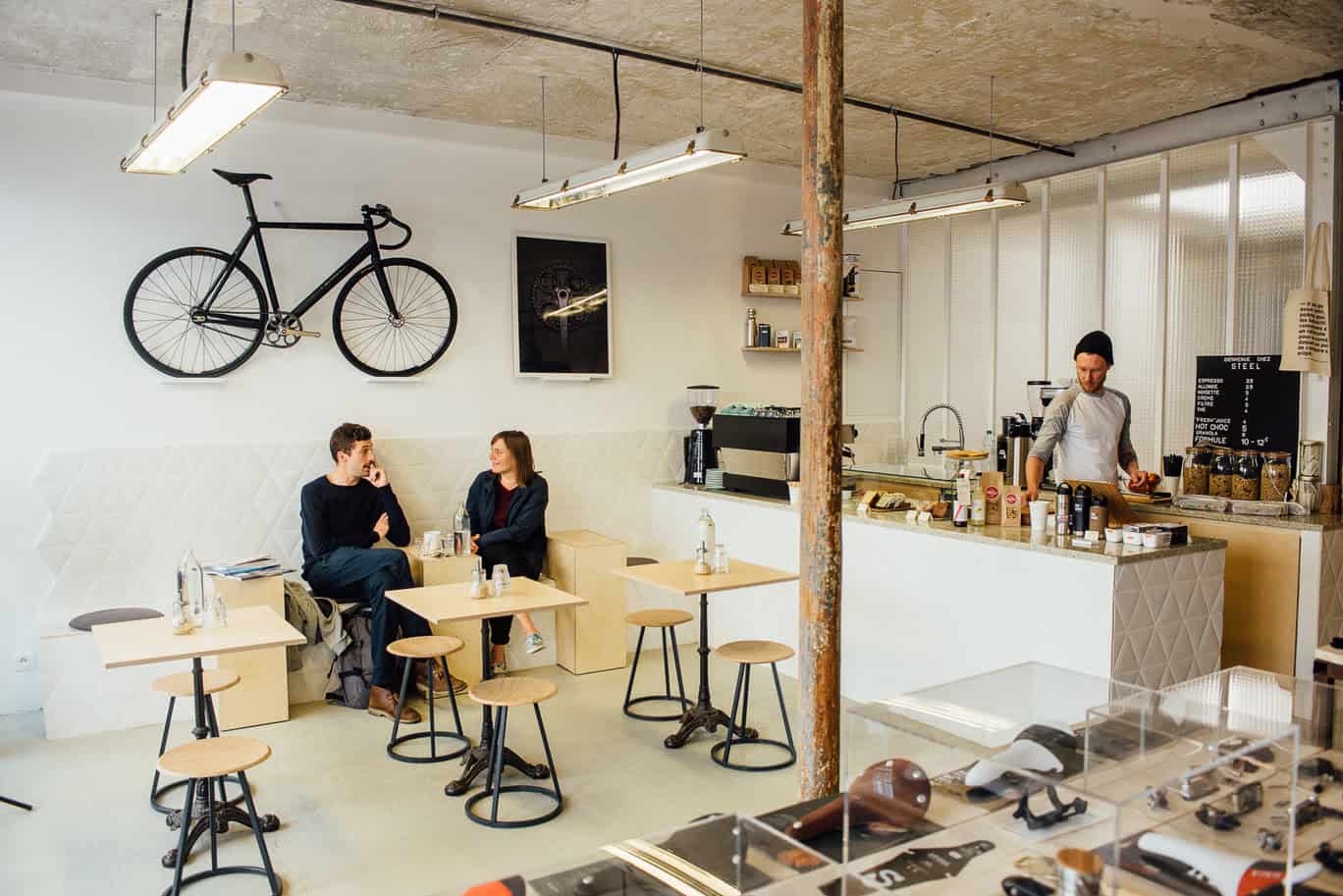

Hey Nina! What a wonderful article !!! Thank you so much for sharing this with me at Le Pain Quotidien last week. We have definitely been on parallel journeys for the last few decades. I love how you capture the energy / joy / technique / commitment / discipline / freedom / connection that all entwine in those fiery dance classes, worldwide. Beautiful!! Peace and blessings, Ashley